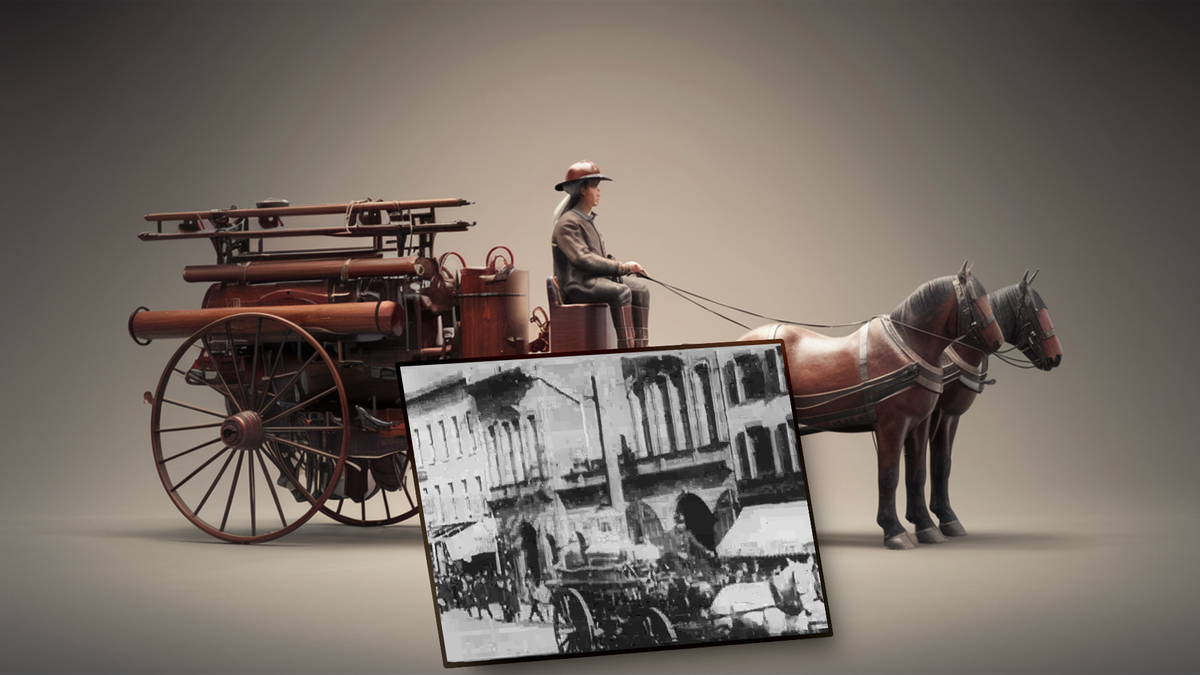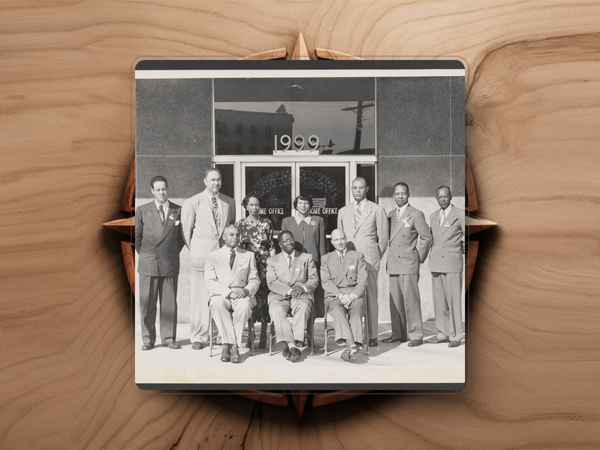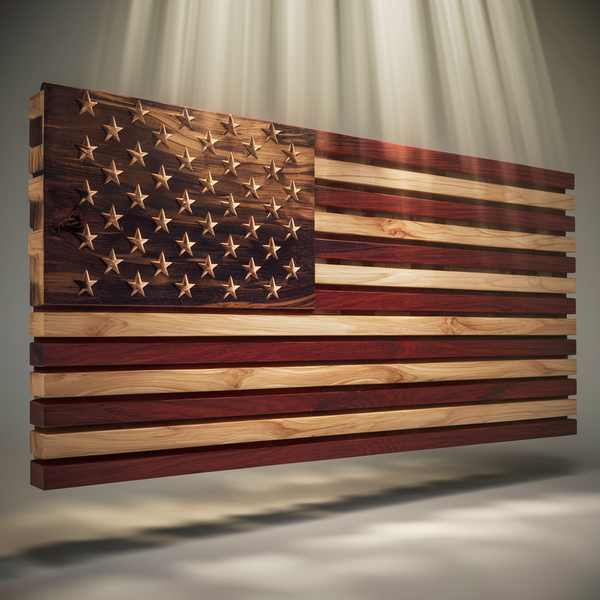The Insurance Patrol in Action (1896): From Victorian Fire Prevention to Modern Special Investigation Units
Discover how Victorian-era insurance patrols, captured in a rare Edison film shot two days after Christmas Day 1896, protected properties during fires and evolved into modern Special Investigation Units (SIUs).

In a remarkable 1896 Edison film titled "The Morning Alarm," we catch a unique glimpse of an often-forgotten aspect of insurance history: the insurance patrol. This silent film, shot in Harrisburg, Pennsylvania two days after Christmas Day 1896, shows a complete fire response team in action, including a fascinating component that many modern insurance professionals might not know existed - the insurance patrol wagon.
What Was the Insurance Patrol?
Insurance patrols, also known as fire patrols or salvage corps, were specialized units funded by insurance companies in the late 19th and early 20th centuries. These teams worked alongside municipal fire departments but had a distinct mission: protecting property from secondary damage during firefighting operations.
The Role of Insurance Patrols
While firefighters focused on extinguishing blazes, insurance patrol members:
- Covered furniture and goods with waterproof tarps to protect from water damage
- Removed valuable items from dangerous areas
- Secured buildings after fires to prevent looting
- Minimized property damage from smoke and water
- Helped reduce insurance losses through preventive action
Evolution to Modern SIUs
Today's Special Investigation Units (SIUs) evolved from this tradition of insurance companies taking an active role in loss prevention and investigation. While the methods and focus have changed, the core mission remains similar:
Modern SIU investigators:
- Investigate suspicious claims
- Document evidence of potential fraud
- Work with law enforcement when criminal activity is suspected
- Help maintain the integrity of the insurance system
- Protect honest policyholders from paying higher premiums due to fraud
Historical Significance
The Edison film "The Morning Alarm" provides rare documentation of how fire response worked in the 1890s. The film shows the chief in his buggy, followed by fire engines, hose carts, hook and ladder trucks, the insurance patrol, and a chemical engine - all horse-drawn and "galloping at full speed."
This coordinated response system, which included both public firefighters and private insurance patrols, helped shape modern emergency services and insurance practices.
Common Ground Across Centuries
While insurance patrols and modern SIUs may seem quite different, they share important commonalities:
- Both represent insurance companies taking proactive measures to protect against losses
- Both involve direct intervention and investigation at the scene
- Both serve to protect the interests of both the insurance company and legitimate policyholders
- Both require specialized training and expertise
- Both work alongside public emergency services
For today's insurance professionals, this historical footage serves as a reminder of how the industry's history of loss prevention within property protection. While insurance patrols may no longer exist in their original form, their legacy lives on in modern risk management practices, loss control services, and Special Investigation Units.
Citation
Library Of Congress. Risk Capital: Fictitious Finance & the Rise of the Insurance Business. Washington, D.C.: Library of Congress, 1896. Video. https://www.loc.gov/item/2024696682/.





